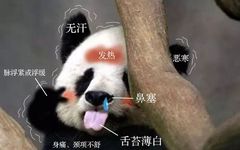
“The ancient sages possessed the wisdom to discern the nature and flavor of all things, thus they could identify the appropriate treatments for the ailments of the people.”
—— Compendium of Materia Medica
There is knowledge to be found in every aspect of life; even a simple cold has its complexities. Distinguishing whether it is due to wind-cold or wind-heat and how to treat it accordingly is a small yet significant skill.
Wind-cold and wind-heat are classifications in Traditional Chinese Medicine (TCM) that describe the external manifestations of illness. Wind-cold syndrome is primarily characterized by chills and mild fever, while wind-heat syndrome is marked by a predominant fever, mild chills, sore throat, and nasal discharge.
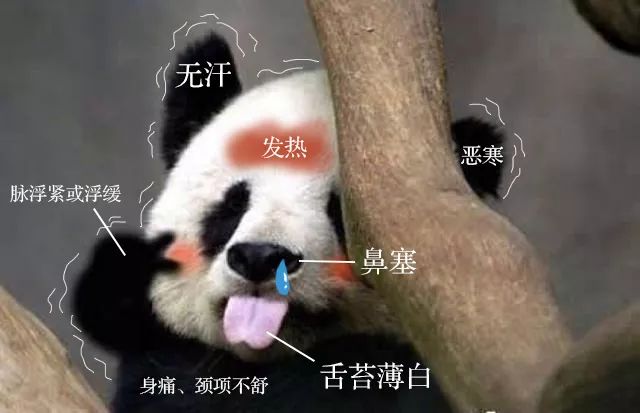
Image source: Yunmen
For treating wind-cold, the herbs used are often spicy and warm, also known as spicy-warm exterior-releasing herbs. These are suitable for wind-cold exterior syndromes, with representative herbs including Ma Huang (Ephedra), Gui Zhi (Cinnamon Twig), Jing Jie (Schizonepeta), and Fang Feng (Siler).
Wind-heat herbs, on the other hand, are typically spicy and cool, also referred to as spicy-cool exterior-releasing herbs. These are appropriate for wind-heat exterior syndromes, with representative herbs including Chai Hu (Bupleurum), Ge Gen (Kudzu), Niubangzi (Burdock Seed), Bo He (Peppermint), and Ju Hua (Chrysanthemum).
Now, let’s delve into the specific applications of these herbs, so be sure to take notes.
Previous TCM Insights↓↓↓
TCM Insights 02 | After this session, you will finally understand the common symptoms treated with wind-cold herbs.
TCM Insights 01 | How to distinguish the mechanisms of action among these 6 wind-cold herbs?
Wind-Cold Releasing Herbs
Compendium of Materia Medica: “The lungs open to the nose, and the Yangming stomach channel encircles the nose and ascends. The brain is the residence of the original spirit, and the nose is the gateway of life; when a person’s vital energy is insufficient and clear yang does not rise, the head tilts, and the nine orifices become obstructed.
Spicy herbs like Xinyi (Magnolia Flower) can help to disperse and enter the lungs, assisting the clear yang of the stomach to ascend and connect to the heavens, thus warming the interior and treating diseases of the head, face, and nose.”
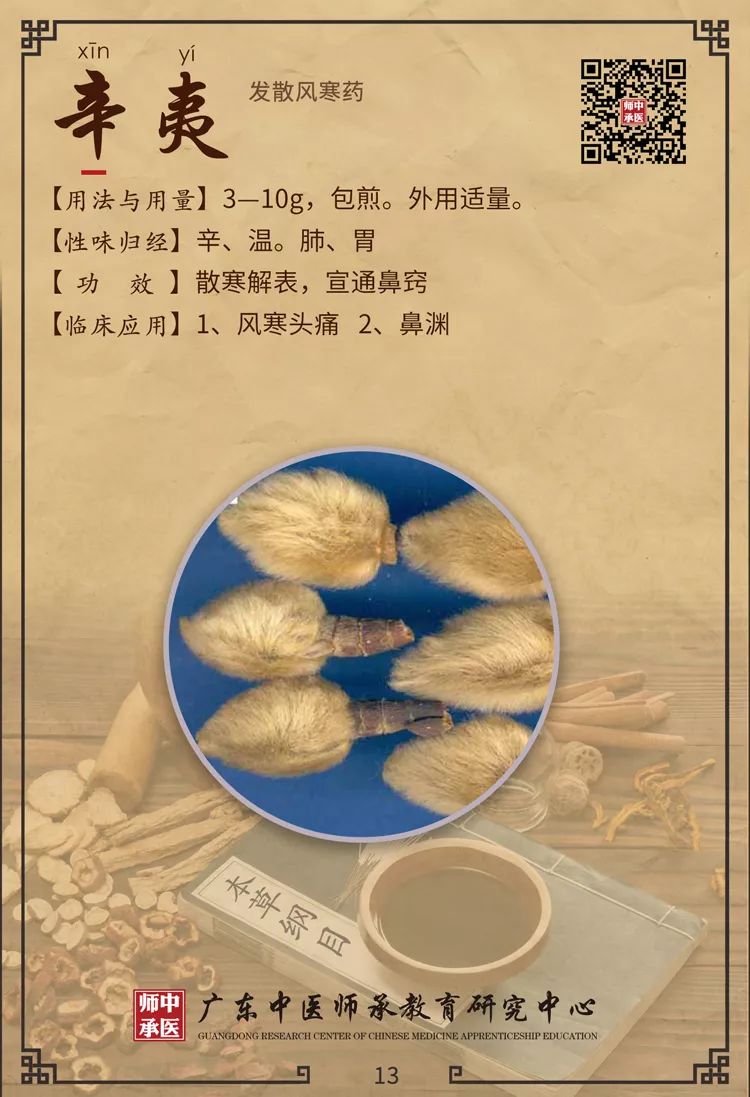
Compendium of Materia Medica: “Scallions are used to treat conditions related to the Taiyin and Yangming channels, leveraging their ability to disperse and promote qi. By promoting qi, they can detoxify and regulate blood conditions. Qi is the commander of blood; when qi flows, blood thrives.
For traumatic injuries with bleeding and persistent pain, Wang Ling’s Hundred and One Formulas suggests using scallion whites and sugar, ground together and applied as a poultice, claiming that pain will cease immediately without leaving a scar.
Scallion leaves can also be used. Additionally, blowing salt into the scallion stalk can treat urinary retention and urgent conditions. I have often used this with success.”
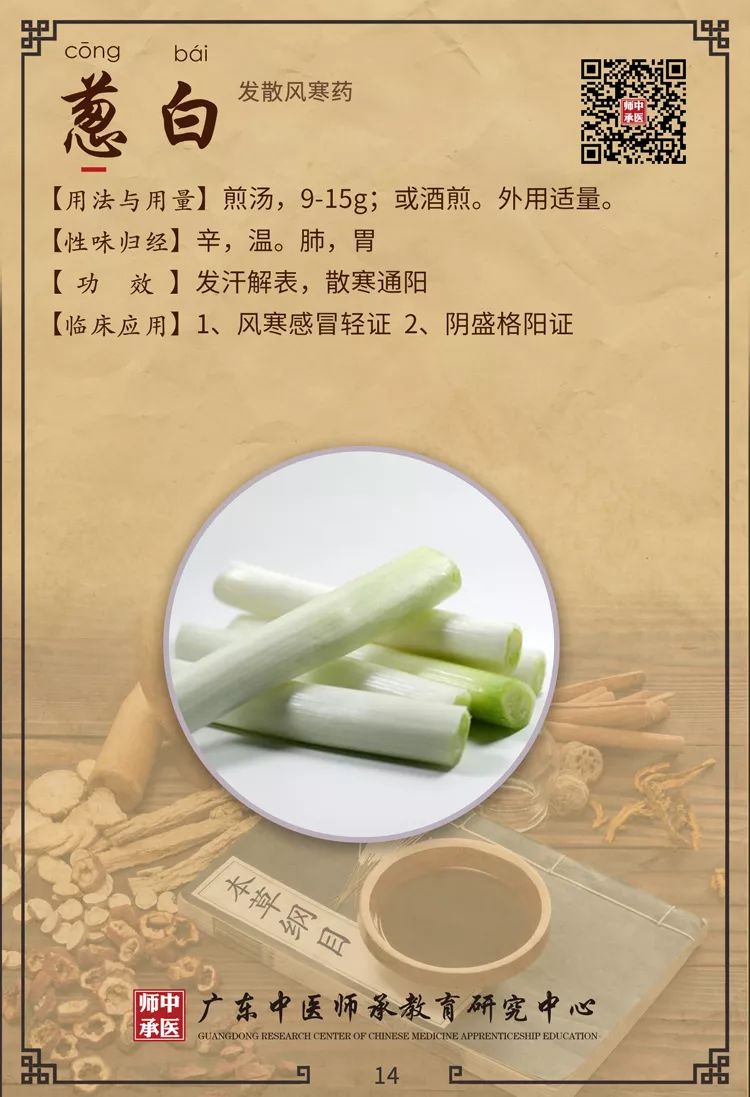
Wind-Heat Releasing Herbs
Compendium of Materia Medica: “Peppermint is spicy and can disperse, while also being cool and able to clear heat. It is particularly effective for dispelling wind and clearing heat. Therefore, it is a key herb for headaches, head wind, eye issues, sore throat, dental problems, pediatric fevers, and skin conditions such as sores and carbuncles.”
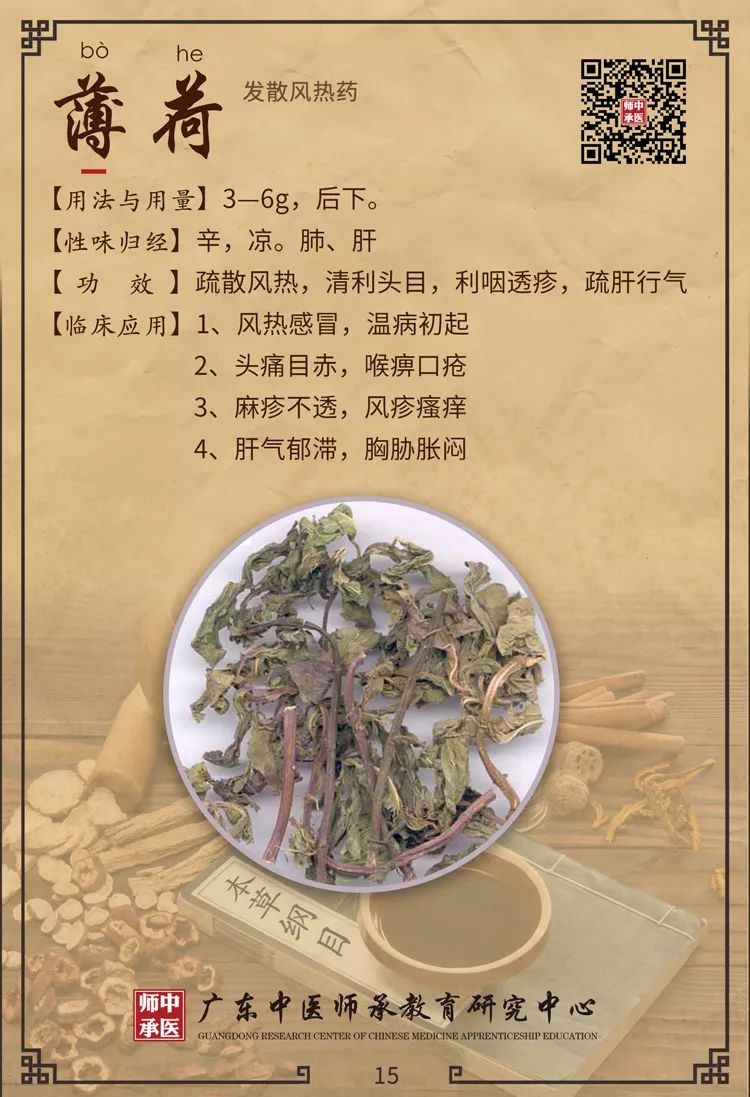
On the Properties of Herbs: When infused in wine, it can “eliminate all winds, remove toxins from stones, improve vision, benefit the waist and legs, and disperse lumps and heat toxins.”
Compendium of Materia Medica: “It opens the twelve meridians, removes the evil qi of the five organs, and prolonged use can lighten the body and delay aging.”
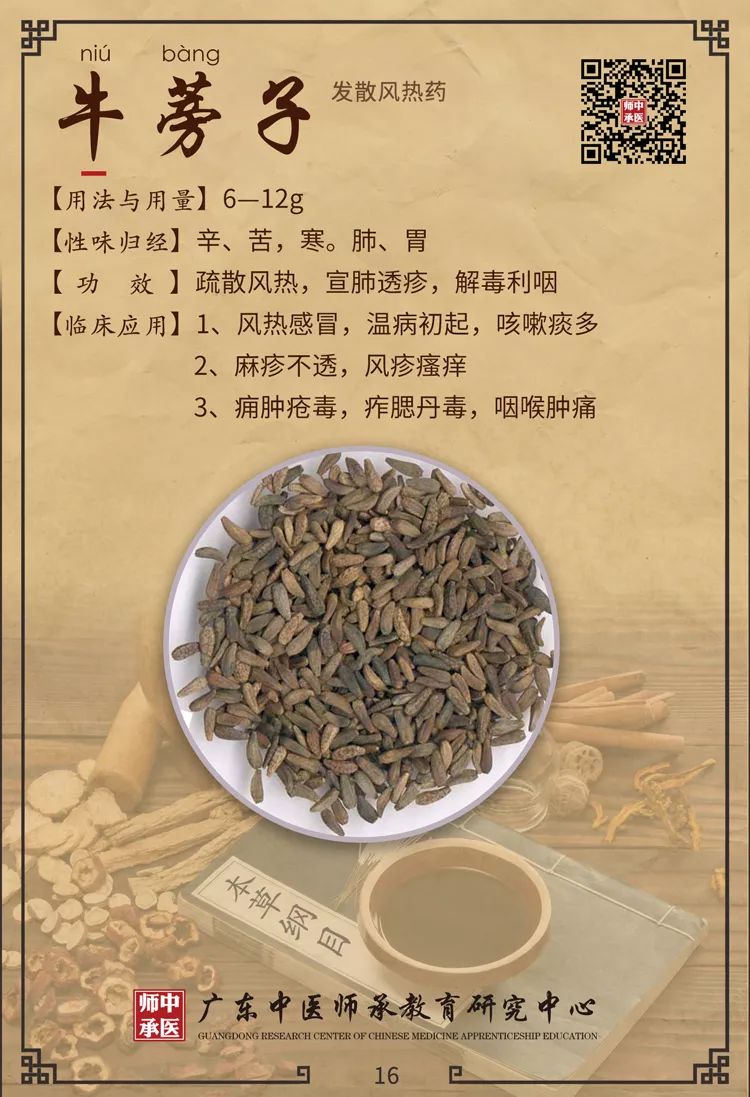
Compendium of Materia Medica: “Cicada, used to treat all wind-heat syndromes, was used in ancient times for its body, while modern practitioners use its molted shell. Generally, for treating internal organs and meridians, the cicada body is used; for skin sores and wind-heat, the molted shell is preferred.”
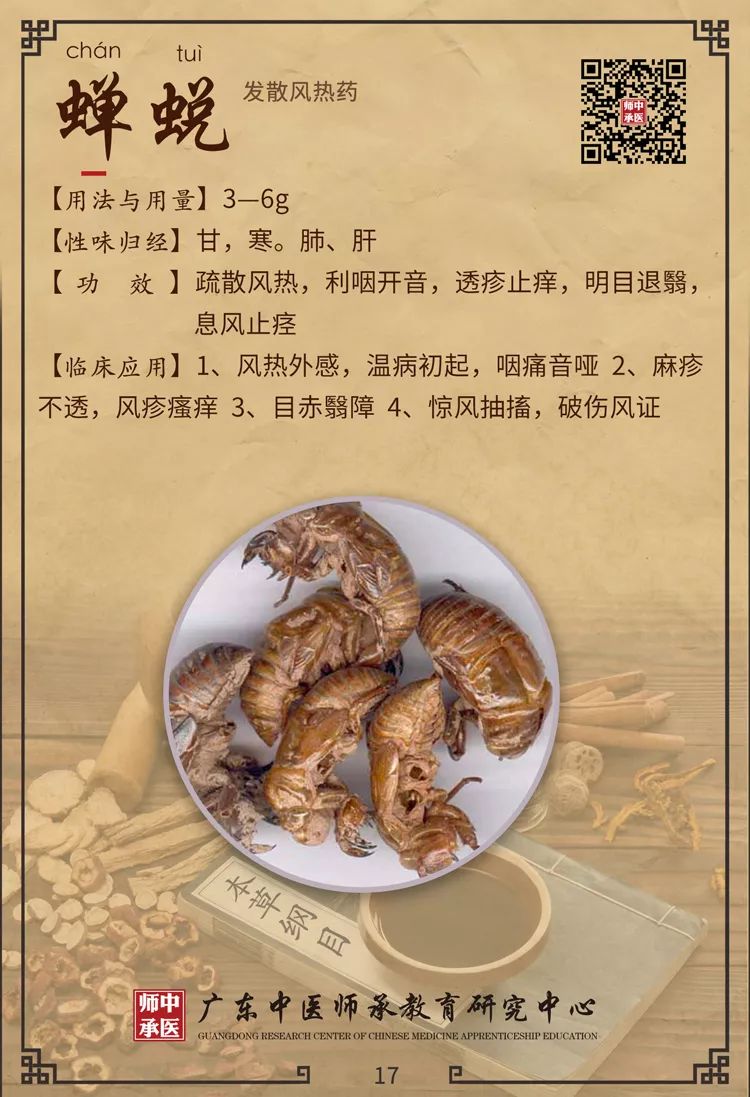
Compendium of Materia Medica: “It is bitter and sweet, cool, nourishes dryness, cools the blood, stops bleeding, dispels wind, and clears the heat of the lesser yang.”
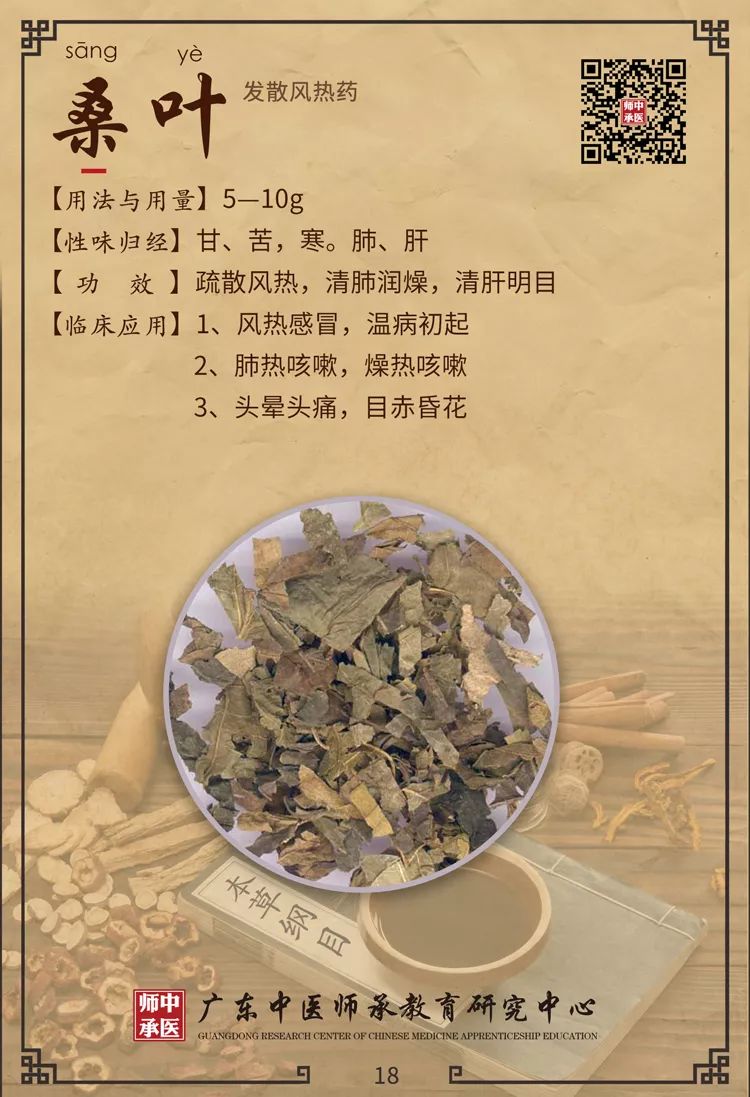
– – – End of Article – – –
Learn from Renowned Masters in TCM
Click the blue text at the top of the article to enter the public account backend and reply with keywords to access corresponding videos:
Reply “Basics”: Self-study in TCM will no longer be aimless.
Reply “Diagnosis”: Experienced TCM practitioners can diagnose with a pulse; you will learn to do the same.
Reply “Videos”: Access free lectures from renowned TCM practitioners.
Reply “Acupuncture”: Precious and rare teaching videos on acupuncture, every second is valuable.
Reply “Beauty”: Just a few steps away from your beautiful self.
Reply “Care”: The wisdom of TCM originates from life and reflects back into life.
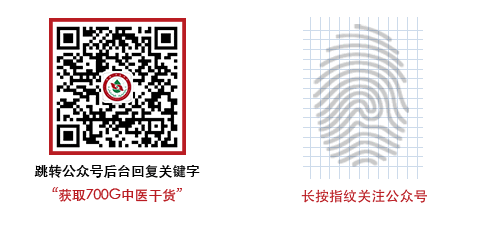
▍Copyright Statement:
○ The content of this article is for clinical reference only; non-professionals in TCM should not attempt to self-medicate.
○ Some content in this article is sourced from online materials, edited and organized by the Publicity Department of the Guangdong TCM Inheritance Education Research Center.
Editor | Taiyuan
Illustration | Yunmen
For this session on TCM, click here 🔻

